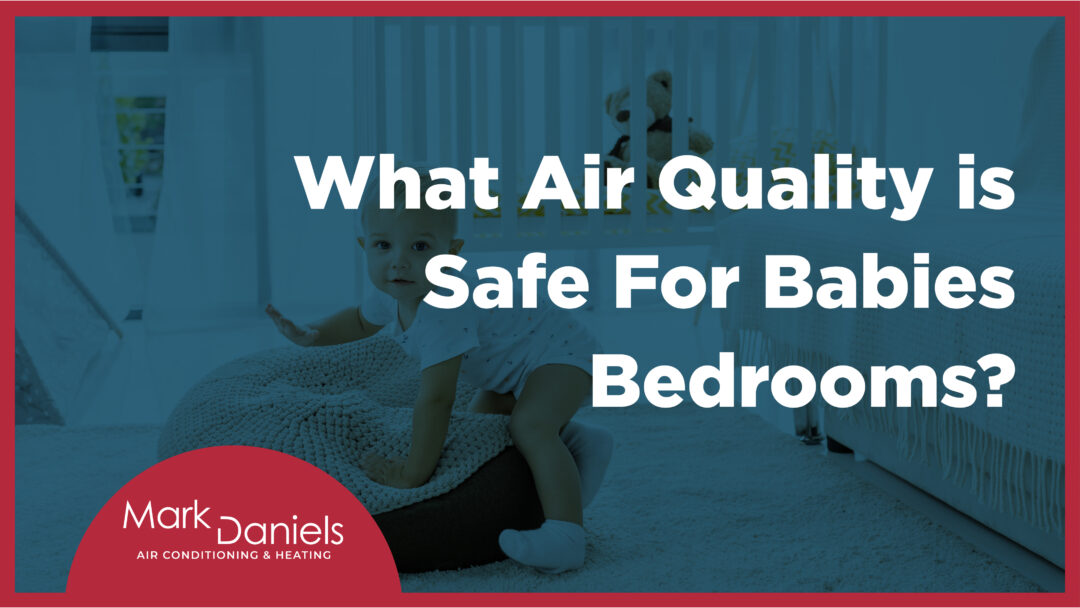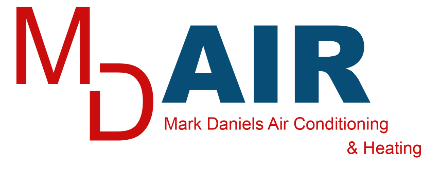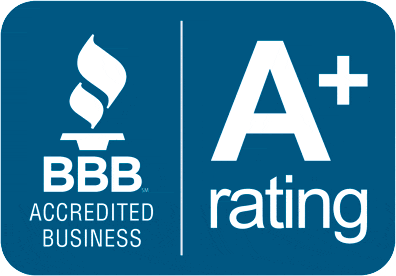Licensed | Bonded | Insured

What Air Quality is Safe For Babies Bedrooms?
There’s no room in the house that parents want to keep safe more than their baby’s room.
Sadly, while parents readily add burglar alarms and cover electrical outlets, they forget about air quality safety.
Yet, the air quality in a baby’s room can greatly impact the child’s health for years.
So, that leads to the question: What air quality is safe for babies?
This article will explain why babies are at risk of poor air quality and how to reduce that risk to provide a safe environment for your loved one.
Why Babies Are So Vulnerable to Air Quality Issues
Babies are particularly vulnerable to indoor air pollution for several reasons.
First, a baby breathes much faster than an adult.
You can expect a baby to take 40 to 60 breaths in only one minute.
In contrast, the normal adult respiratory rate is only 12 to 18 breaths a minute.
And when a baby sleeps, its breathing rate can still be several times that of a fully awake adult.
A sleeping baby will inhale and exhale 30 to 40 times per minute.
Babies also spend much time on the floor, putting them in closer contact with indoor pollutants.
Unfortunately, a baby’s developing lungs and immune system may not be capable of fighting off the onslaught of airborne contaminants.
A baby’s health can weaken after long-term exposure to unhealthy air.
When that happens, the baby is likely to develop chronic ailments such as asthma.
Common Threats to Indoor Air Quality
Secondhand smoke is well known as a danger to adults so it’s reasonable to conclude it presents greater danger to babies.
After all, there is no amount of secondhand smoke that is considered safe.
Roadway traffic is also an everyday threat to your air.
Living near a busy thoroughfare can expose your home to more carbon emissions.
One quiet contaminant of your indoor air can be the construction products and furnishings used in your home.
That new product smell can also indicate that the fumes may contain dangerous byproducts such as formaldehyde.
For example, a new carpet in the baby’s room can emit formaldehyde long after installation.
If you’re thinking of removing and replacing the carpet with wood laminate, be aware that you’ll still have to deal with formaldehyde.
Laminate flooring is layers of wood or plastic topped with an image that looks like wood.
The binding agents used to make the layers stick together emit formaldehyde.
Famously, a report in 2015 revealed wood laminate flooring sold at Lumber Liquidators emitted formaldehyde in amounts many times higher than California’s standards.
The retailer was forced to remove all laminate under suspicion.
Overlooked Threats to Indoor Air Quality
A traditional fireplace has its charm and romance, but it still contaminates your indoor air.
Even burning wood in an outdoor fireplace close to your home can lower indoor air quality.
Cooking is another way that you can hinder air quality.
It doesn’t matter how pleasant the aroma is cooking adds foreign material to your air composition.
The things we use to bring desired smells into the home also affect air pollution.
This includes candles, diffusers, and room deodorizers.
The verdict is the same for personal items, such as perfumes, body sprays, and hair sprays.
Each spring, pollen hitches a ride on our clothing.
Then as we move about in our homes, we end up introducing that pollen into the air.
And mold hiding in basements, attics, and HVAC ducts can readily make children ill.
Ways to Improve Your Baby’s Bedroom Air Quality
You can take a three-step approach to improving your indoor air quality.
First, reduce the number of new contaminants.
Second, eliminate existing pollutants.
And third, catch dangerous airborne particles before they can enter the room.
1. Lessen the Amount of Pollutants Entering the Room
Choose healthy alternatives when choosing carpeting, flooring, furniture, paint, or any other building material.
You’ll likely have to pay a little more.
And you’ll have to do research to find the right product.
But the extra effort is worth bringing only safe products into the baby’s room.
Choosing Flooring
If you prefer wooden floors in the baby’s room, consider using real wood rather than laminate or engineered wood.
However, if you use composite wood products, look for certification.
An example is the certification from a California-based board devoted to reducing formaldehyde emissions.
You can also find guidelines on the EPA’s website.
Choosing Furniture
Parents often use less expensive furniture in the baby’s room.
But low-cost furniture uses the very techniques most likely to contain formaldehyde.
Typically, the furniture is a composite product, layers of wood glued together.
If you must save money on furniture, consider purchasing used composite items.
The level of formaldehyde emission generally drops with time.
Choosing Cleaning Agents
Swap your regular cleaning supplies for the non-toxic variety.
They’re readily available at most grocery stores.
You can also find recipes on the internet for making your own versions.
You can also avoid tracking pollutants into the baby’s room by removing your shoes outside the home.
This practice has the added advantage of reducing the need to vacuum often.
2. Remove Existing Contaminants
Daily opening a window for a short while can help expel pollutants.
But limit when and for how long you open the window if it’s pollen season.
Consider wet cleaning the baby’s room rather than dry dusting and sweeping with a broom.
A damp cloth and mop will limit the pollution you introduce into the air.
Lowering humidity will decrease your chances of developing mold.
Your air conditioner is an excellent dehumidifier.
But for cold weather, you might consider purchasing a standalone dehumidifier.
3. Filter Your Air
Only use a vacuum cleaner with a HEPA filter.
HEPA is the abbreviation for high-efficiency particulate absorbing.
To carry the HEPA certification, a filter must capture a sufficient number of airborne particles.
The filters are especially noted for capturing dust, bacteria, pollen, and mold.
Similarly, swap your regular HVAC filters for filters with the recommended MERV rating when you perform air conditioner maintenance. MERV stands for Minimum Efficiency Reporting Value.
The higher the number on a scale from 1 to 16, the smaller the contaminants the filter can catch.
Trust Professionals Who Know What Air Quality is Safe for Babies
If you want to give your baby a good head start, keep the air in the baby’s room well-filtered.
You can begin by having your HVAC regularly serviced.
To keep your baby’s room clean and safe in Mesa, Arizona, contact Mark Daniels Air Conditioning and Heating for all your HVAC needs.
Looking for Gilbert HVAC service? Give your baby a healthy start with well-filtered air. We have been providing AC services in Gold Canyon, Chandler, Mesa, and surrounding areas since 1996. Call (480) 571-7219 or request service online today!
Read More about Air Conditioning & Heating Tips:
HVAC Tips for Summer: Keep Your Home Cool Without Overworking Your AC



